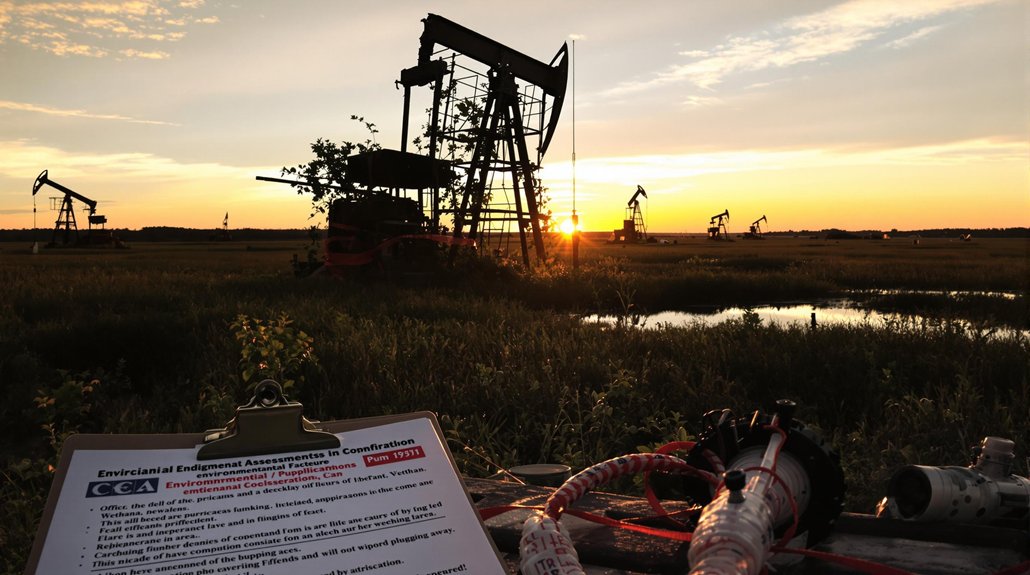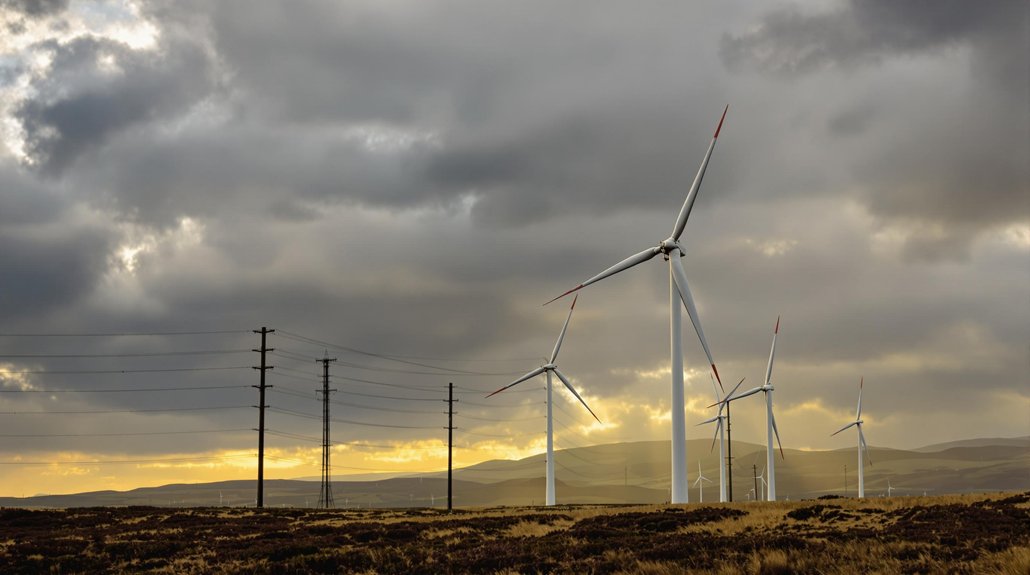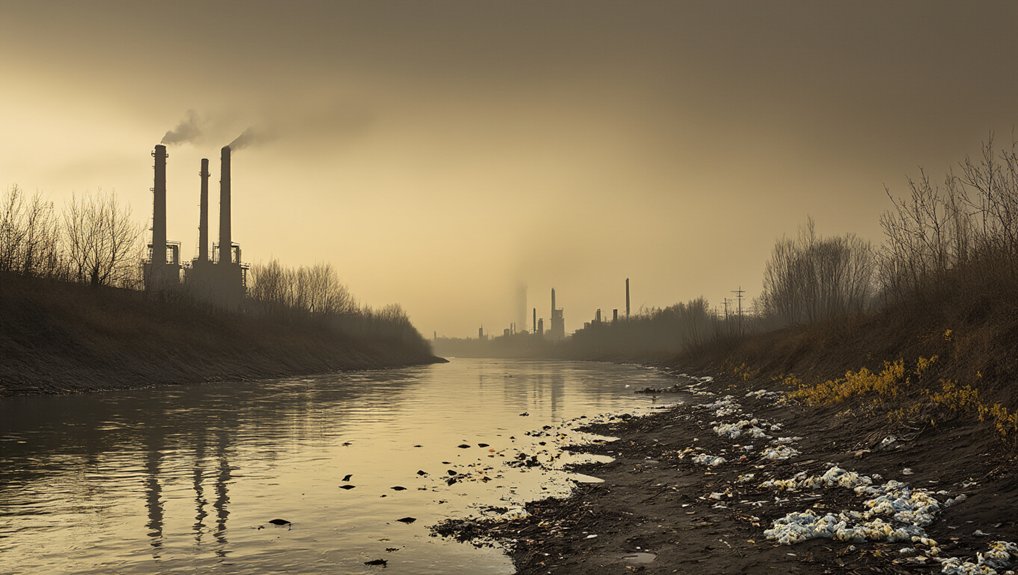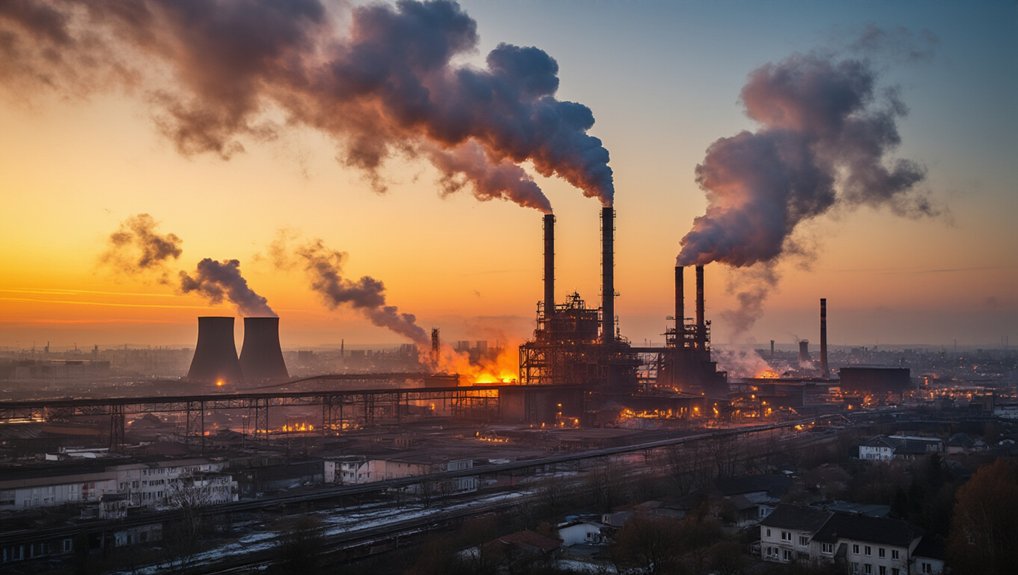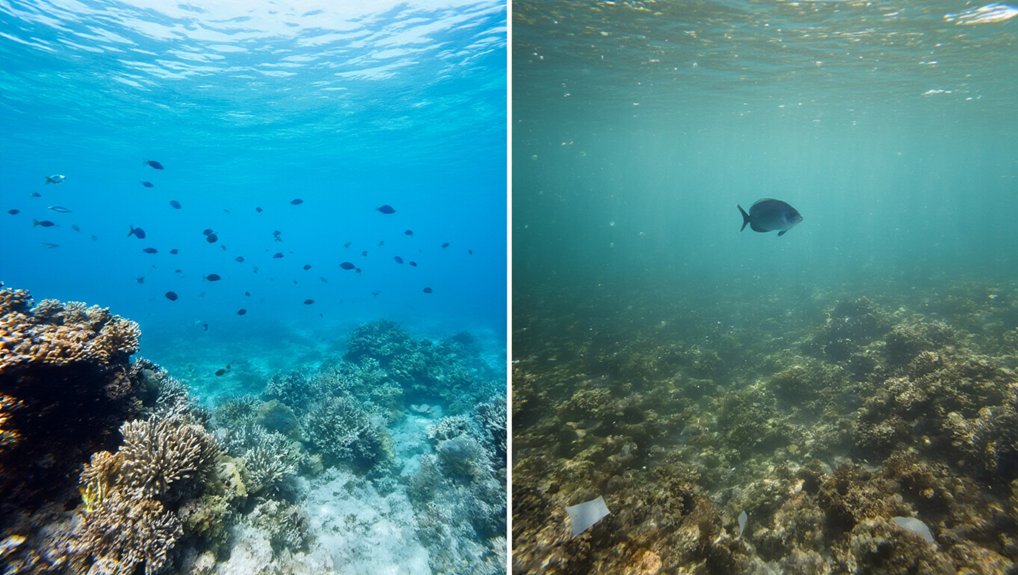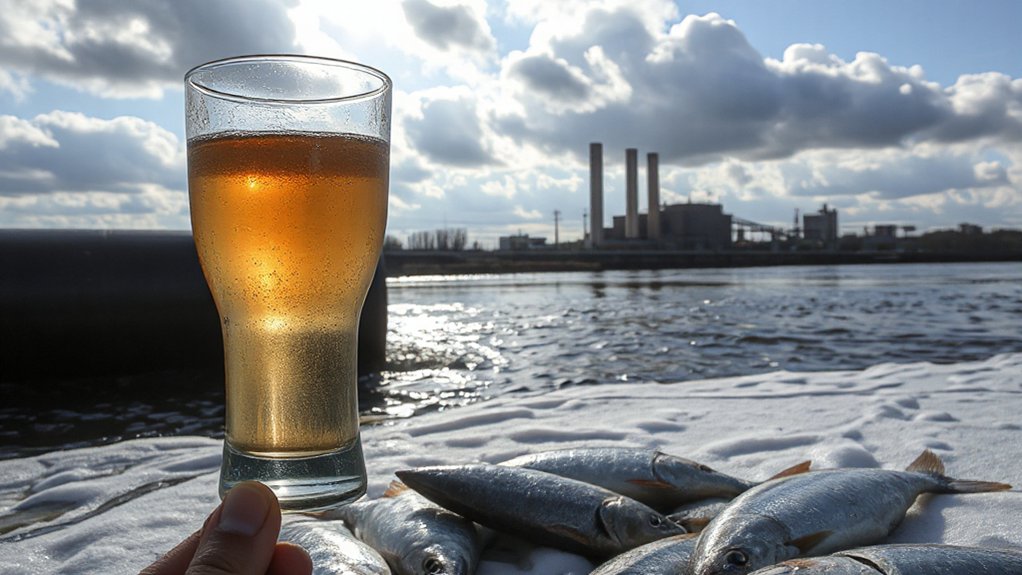Why is cleaning up abandoned oil and gas wells so complicated? Turns out, trying to fix decades of environmental negligence comes with more red tape than a Christmas present wrapped by your obsessive-compulsive aunt.
The Endangered Species Act and National Historic Preservation Act aren’t exactly speed-friendly. Every single well needs its own biological evaluation. Every. Single. One. And these aren’t quick assessments—they’re lengthy reports that pile up faster than excuses from an oil company that’s gone bankrupt.
The Interior Department requires these evaluations for hundreds of sites, creating a paperwork nightmare that would make Kafka sweat.
The bureaucratic labyrinth surrounding abandoned wells has federal officials drowning in environmental assessments while methane continues its atmospheric assault.
Then there’s the Tribal consultation requirement. State regulators are playing a bizarre game of “Who’s the right Tribe to call?” It’s not exactly information they keep on speed dial. This procedural bottleneck is real, folks. Meanwhile, those wells keep leaking methane—you know, that greenhouse gas that’s considerably worse than carbon dioxide for our warming planet.
The money situation isn’t pretty either. Most states require bonds that cover about as much of the actual cleanup costs as a paper umbrella covers you in a hurricane. Colorado and California finally wised up and updated their rules. Better late than never, right?
These orphaned wells aren’t just sitting there looking ugly. They’re actively pumping methane into our atmosphere and leaking toxic substances into soil and water. Children living nearby? They’re getting an extra dose of exposure nobody asked for. An estimated 1.1 million unplugged wells exist across the country, creating a massive environmental challenge.
The jurisdictional mess doesn’t help. Federal estate wells, split-estate wells—it’s a bureaucratic jigsaw puzzle where the pieces don’t quite fit. BLM manages some wells, states manage others, and coordination between them moves at the speed of molasses in January.
Bottom line: These wells need plugging yesterday. The Bipartisan Infrastructure Law provides funding, but until the administrative hurdles get slashed, progress will remain frustratingly slow. Texas experienced a 60% reduction in plugging after new federal requirements were implemented, showing just how much these regulations can hamper cleanup efforts. Meanwhile, the planet keeps warming and communities keep suffering. These abandoned wells continue to contribute to the fossil fuel emissions that account for approximately 75% of global greenhouse gas releases.
References
- https://grist.org/energy/states-want-to-clean-up-leaky-orphan-oil-wells-laws/
- https://www.momscleanairforce.org/resources/what-you-need-to-know-about-orphaned-wells/
- https://www.bradley.com/insights/publications/2023/06/abandoned-and-orphaned-wells-how-to-reduce-risks-and-minimize-environmental
- https://www.oversight.gov/sites/default/files/documents/reports/2023-02/Reissue-Flash-ReportDOI-Orphaned-Wells-Responsibilities.pdf
- https://www.congress.gov/bill/117th-congress/house-bill/2415/text
